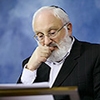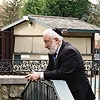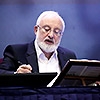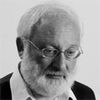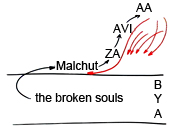The Entrance Ticket To The Book Of Zohar
 The Zohar, Introduction, Article “Yitro (Jethro),” Item 100: The seed of David, the sights of the colors change in him, and this is why Samuel erred, as it is written, “Do not look at his appearance,” since the other side was in Eliav. This was not so with David, since David’s forms are covered because the forms of the other side were included in his forms, and the form of the other side appeared in him first, passing over the eyes for a time, and the heart is alarmed and fears.
The Zohar, Introduction, Article “Yitro (Jethro),” Item 100: The seed of David, the sights of the colors change in him, and this is why Samuel erred, as it is written, “Do not look at his appearance,” since the other side was in Eliav. This was not so with David, since David’s forms are covered because the forms of the other side were included in his forms, and the form of the other side appeared in him first, passing over the eyes for a time, and the heart is alarmed and fears.
We are mistaken in that we work very hard to understand what The Zohar talks about, and much less on the intention, the thought that we have to unite and reveal The Zohar inside of the connection between us. Only to the degree we unite, the image of the Creator will become revealed inside our unity, and it will be nothing like what we are able to imagine before we unite.
Our unity is the entrance ticket enabling us to see and feel spiritual images and qualities that The Zohar talks about. Their sum total gives us the image of the Creator. However, if we desire to discern what we study without searching for a connection between us, this is called external study, Klipa, a deadly poison.
If during the study I try to search for the image that I study, it is Klipa. On the other hand, if I first want to reveal that image through the prism of unification with the group, the environment, and only after the unification I try to find that spiritual image that The Zohar talks about, then it is holiness, bestowal, spirituality. At the end of the day I search for the forms of unity and bestowal, and that is the most important thing, whereas in the first case I look for the image or form of reception.
Therefore, we must first of all worry about how we pass through that prism, the intention, the unification with the group, the environment. This is very important! Without this we shouldn’t even open The Book of Zohar because it can either become a deadly poison or the elixir of life.
From the 1st part of the Daily Kabbalah Lesson 1/5/11, The Zohar
Related Material:
A Trampoline For Ascending Into Spirituality
There, Beyond The Clouds…
The Power Of The Book Of Zohar

